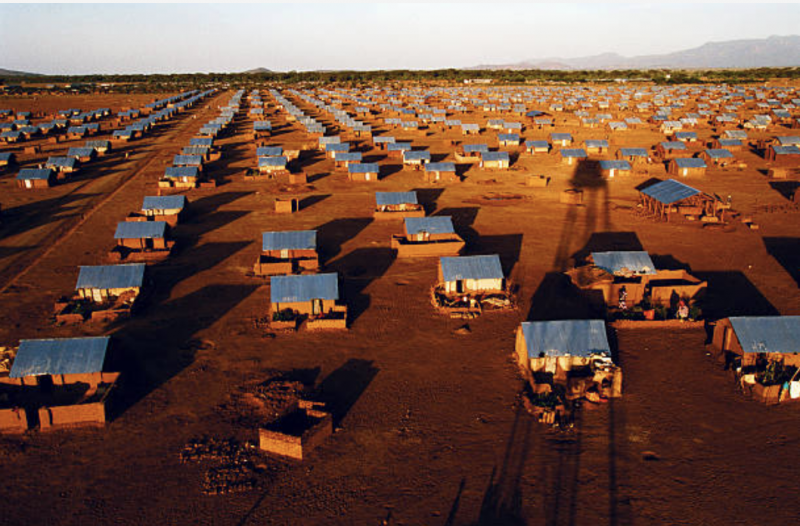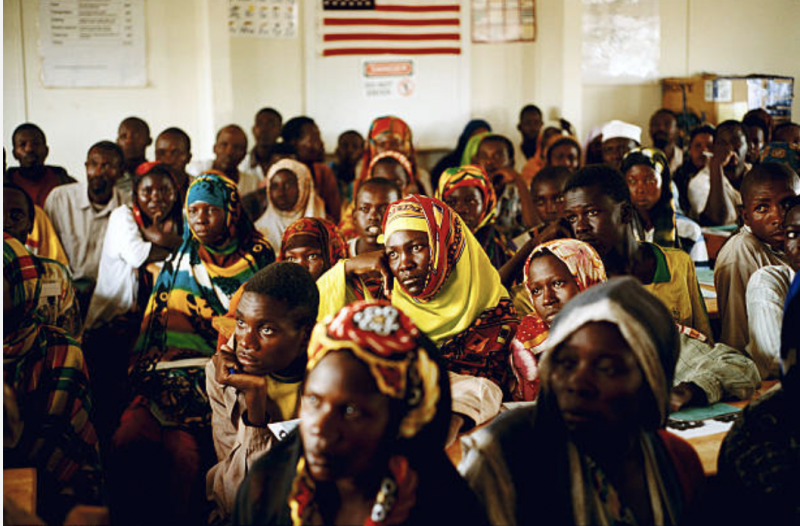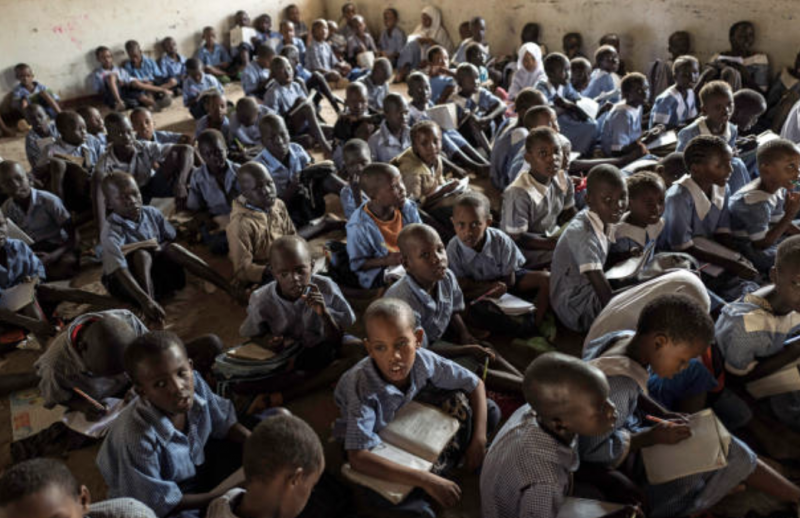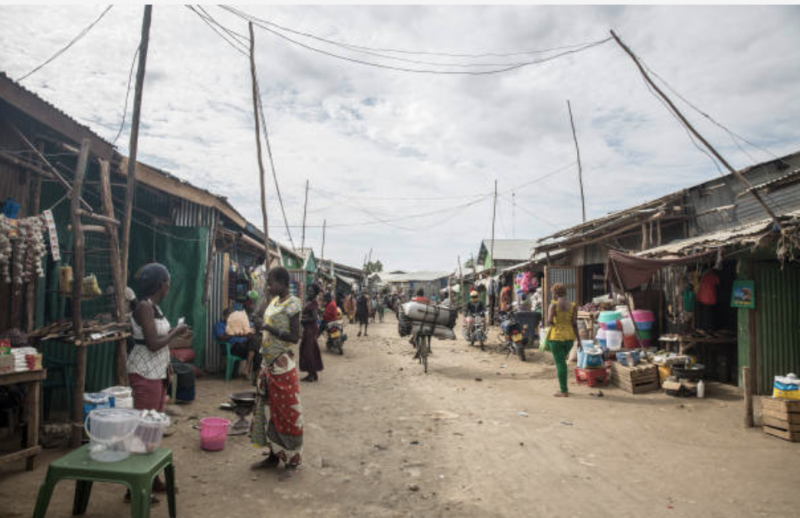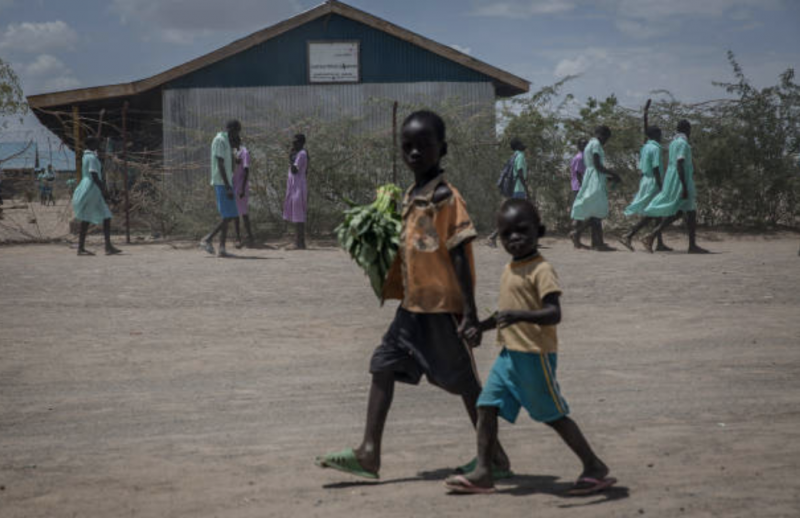
The reason cited for the closing of the Dadaab refugee complex is security, but it could also be a bargaining chip in an international maritime dispute.
Just as Somalia’s political crises worsened at the end of April, leading to a gun battle near the presidential palace in the capital Mogadishu, neighbouring Kenya announced a plan to close the Dadaab refugee complex and forcefully evict over 200,000 Somali refugees who still call it home – within 14 days. But why?
The Kenyan authorities would have you believe they are closing Dadaab — an inhospitable stretch of desert the size of New Orleans — for national security reasons, a claim its interior minister Fred Matiang'i tweeted in attempt to get ordinary Kenyans onboard.
Indeed, Kenya first announced its intention to shut Dadaab back in 2016 in the wake of an Al Shabab attack on Garissa University College which killed 142 students, describing Dadaab as a ‘nursery’ for the Somalia-based Al Qaeda affiliated Al Shabab terrorist group.
But I take issue with this claim. For one, it scapegoats Somalis for Kenya’s security challenges and it stigmatises Somali refugees as terrorists. Many of these refugees have never known life outside these camps and will make their integration into Kenyan society extremely challenging. Above all, it ignores the fact that Al Shabab continues to successfully recruit fighters among non-ethnic Somalis in Kenya.
Barely 80 kilometres from Kenya's sensitive eastern border with Somalia, Dadaab is Africa’s oldest and biggest refugee camp. It was established in 1991 as a United Nations haven to shelter and feed up to 90,000 Somalis fleeing conflicts, chaos and a climate crisis. At its peak in 2011, it became the world's largest refugee camp hosting over half a million Somalis.
In spite of chronic overcrowding, the building of permanent structures in Dadaab remains banned by the Kenyan government forcing those who still call this camp home, to survive on barely anything.
Unable to work and unable to leave, Somalis have against all odds successfully managed to turn Dadaab into a vibrant commercial hub built from red mud and run by democratically-elected community volunteers. You can find almost anything in Dadaab; from private schools, hospitals, hotels and generators providing informal power to bakeries, cinemas, football leagues and boutiques.
Indeed, technically, Dadaab can be considered one of Kenya’s largest cities generating a huge tax return for authorities. A 2010 report found that Dadaab’s commercial hub generates an annual turnover of around $25 million. The host community earns some $1.8 million from the sale of livestock alone to refugees.
So why then has Kenya – which contributes troops to the African Union peacekeeping force deployed in Somalia to defeat Al Shabab – decided to close Dadaab now, at the height of a global pandemic?
Authorities in Somalia haven’t yet responded to Kenya’s threat. I doubt they will. Not least because they have a lot on their plate. Africa’s poorest nation, Somalia is still struggling with conflict and a climate crisis.
However, what no one wants to admit is how Kenya is using Dadaab to bully Somalia over a maritime boundary dispute which the International Court of Justice in The Hague is scheduled to rule in Somalia’s favour. Kenya wants the case settled out of court.
Understandably, Somalia severed diplomatic relations with Kenya last year.
A Kenyan court has temporarily halted the government’s 14-days plans, preventing a devastating humanitarian crisis. In 2017, another Kenyan court called the government’s attempt to close Dadaab unconstitutional, arguing it was not safe for Somalis to return to Somalia in the midst of a war. But for the refugees, the shadow of camp closures and forceful evictions still looms large.
Indeed, if a government can attempt to expel hundreds of thousands of refugees to a country still at war and in breach of international law, many are wondering what else it might do? Could Kenya pull its troops out of the African Union peacekeeping force deployed in Somalia to force Somalia to abandon the IJC route?
Kenya, of course, is worried its behaviour could backfire. So, to present a legitimate veneer on its targeting of Somalis, Kenya has announced it will also close the Kakuma camp in Turkana District.
Established in 1992, Kakuma is also home to around tens of thousands of refugees. While approximately half are South Sudanese nationals escaping civil war, refugees from more than 20 countries – including Ethiopia, Eritrea, Rwanda, Burundi, Uganda and my beloved Democratic Republic of Congo – also call it a home away from home.
What will happen to them? Protecting refugees is the moral duty of every government. So I ask, if Kenya is closing Dadaab because it’s a supposed source of insecurity, why then is it also closing Kakuma?
Source: TRTWorld
